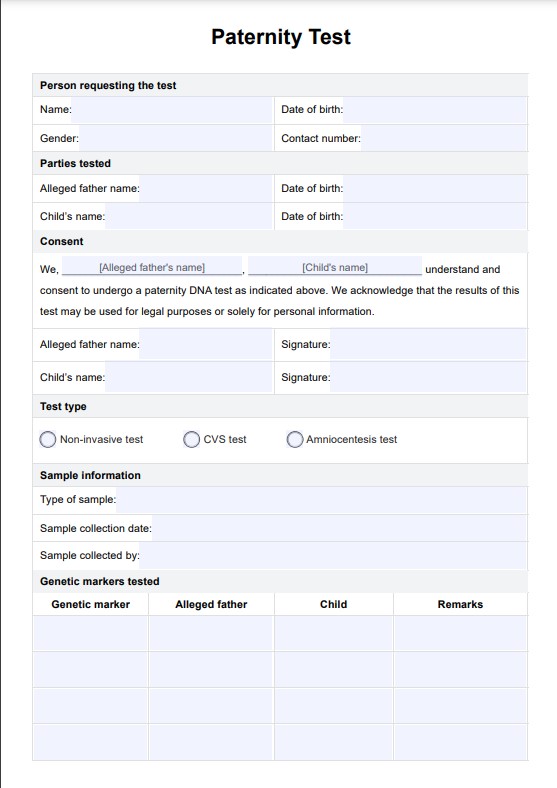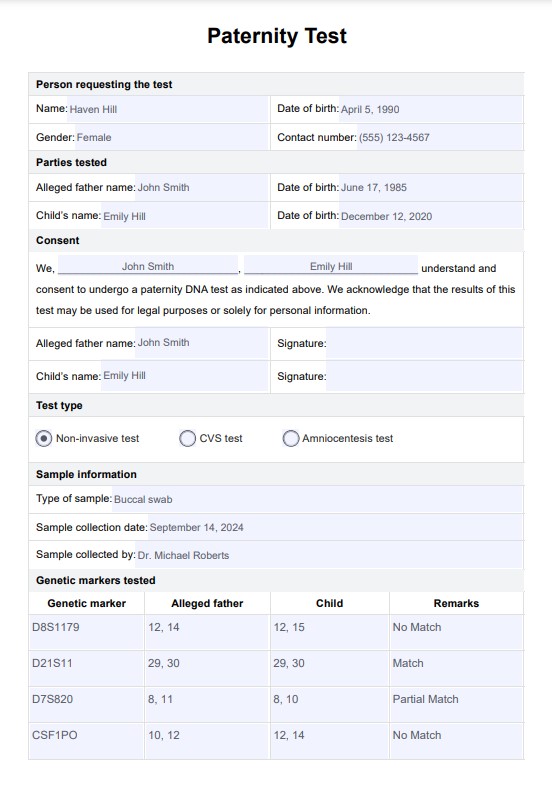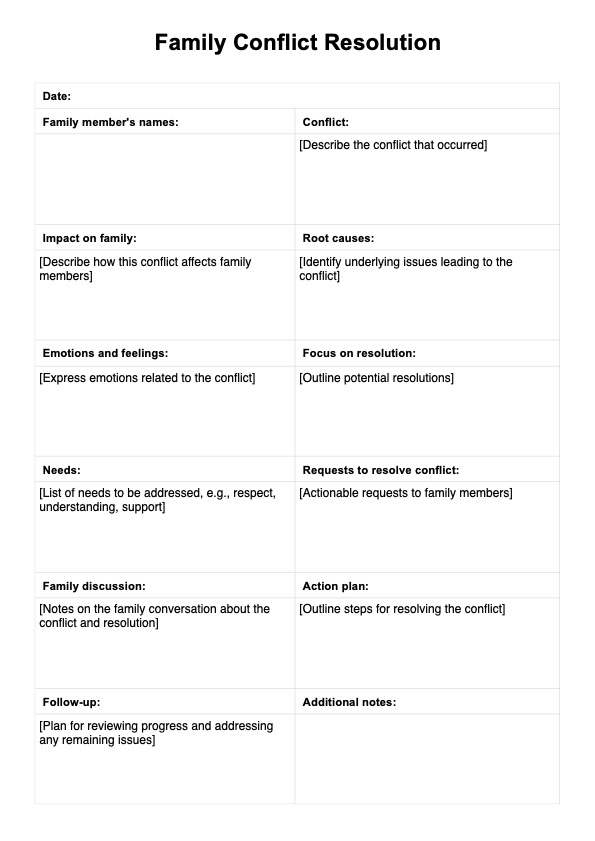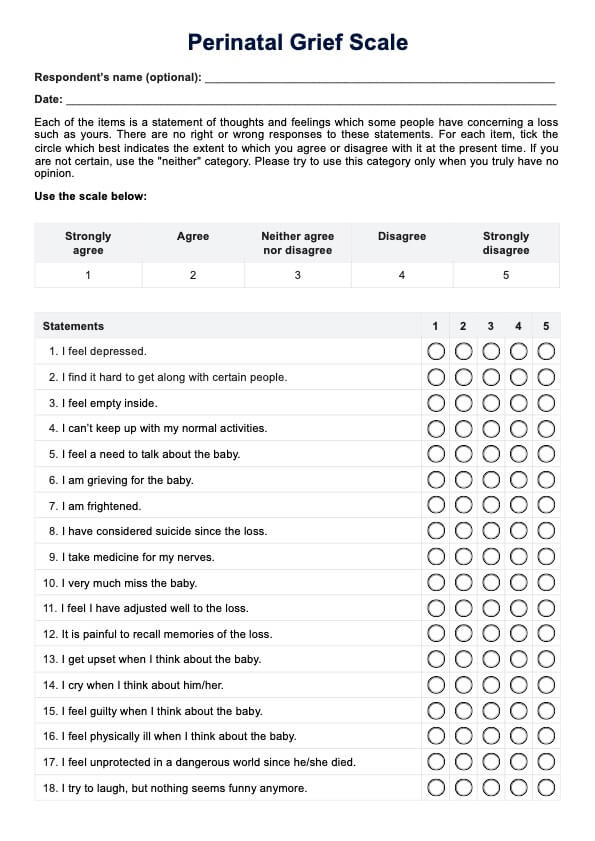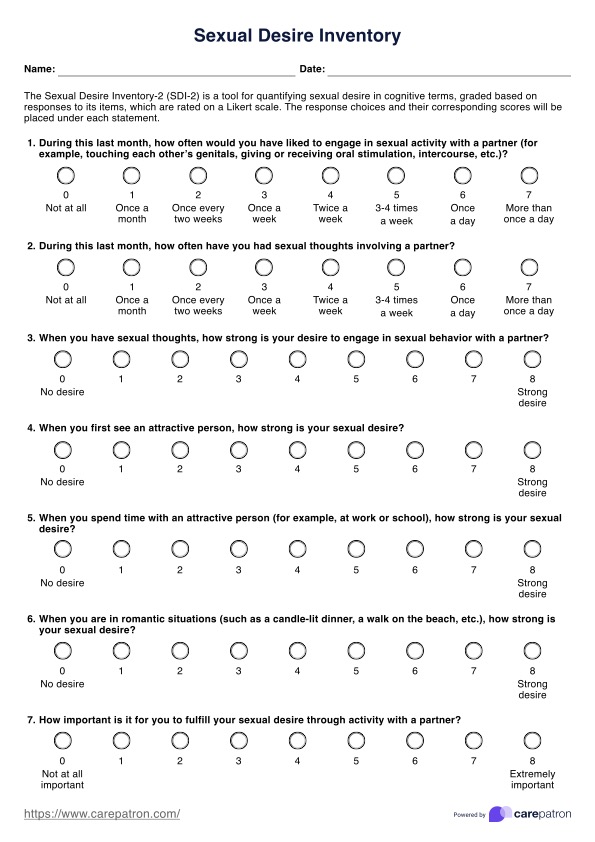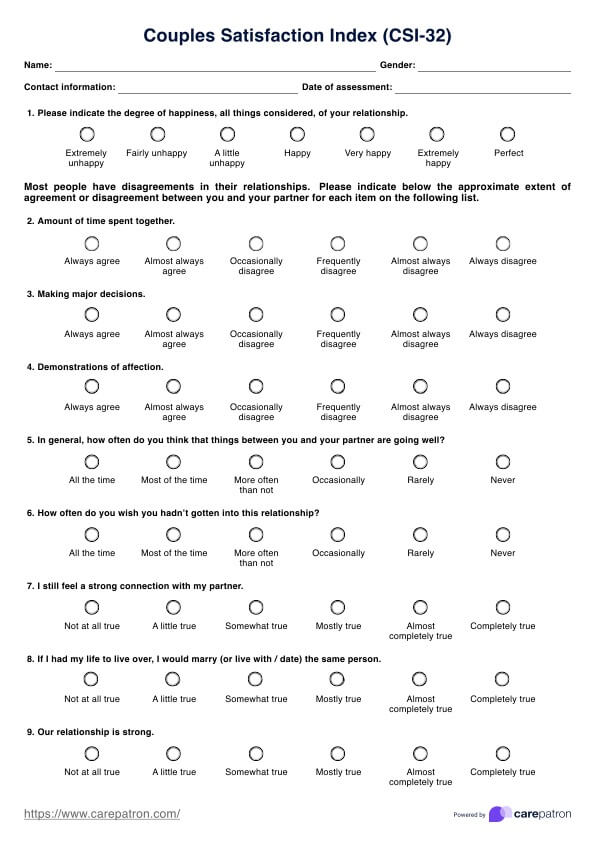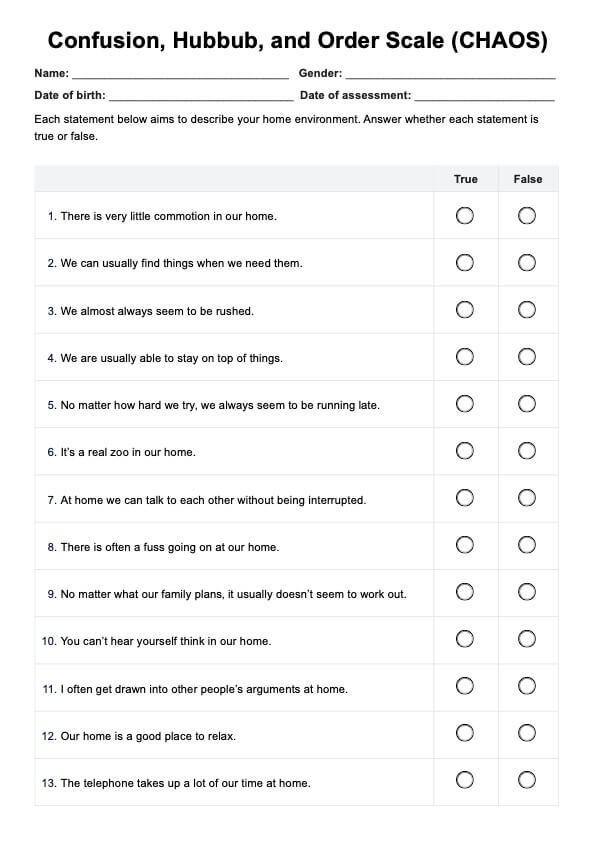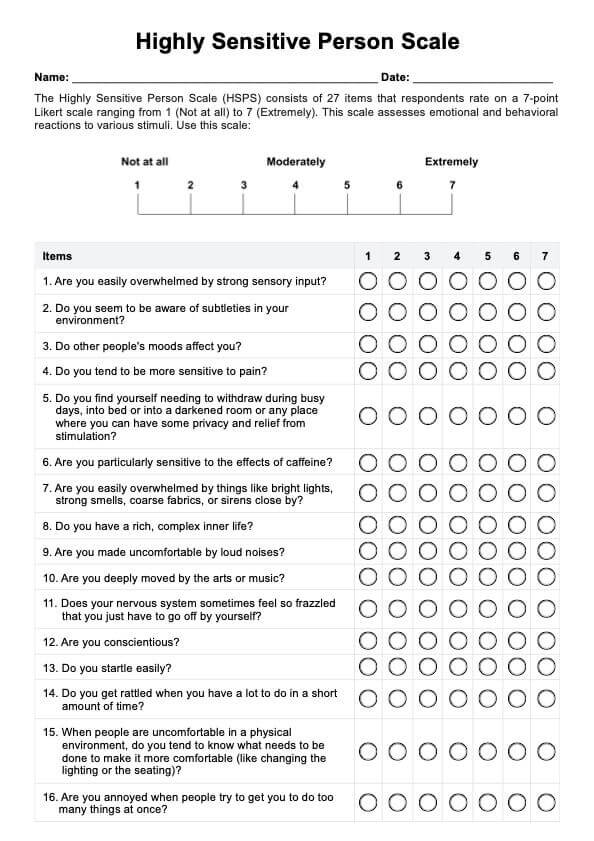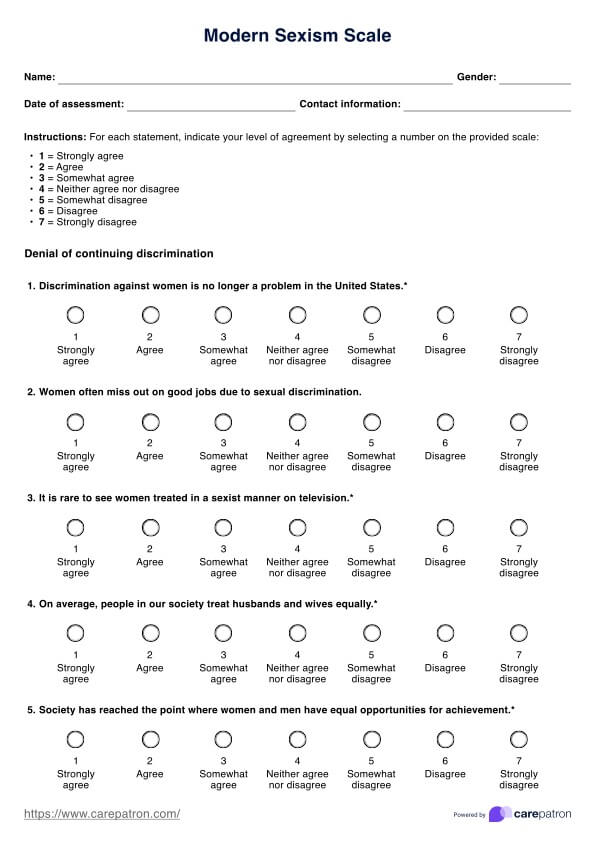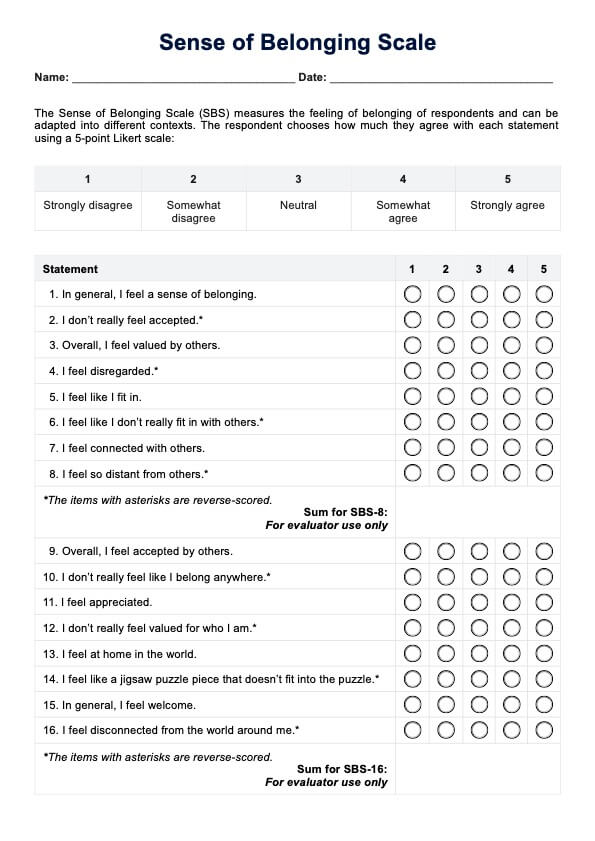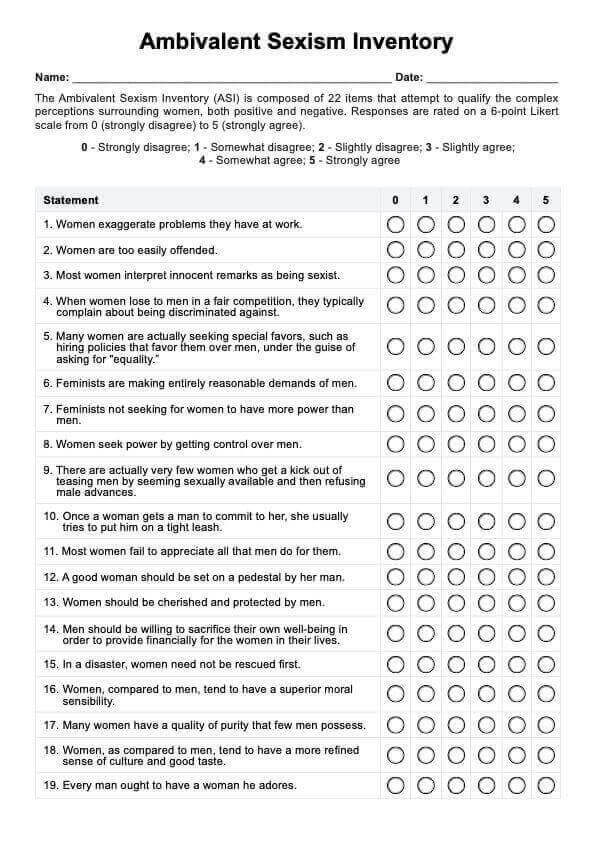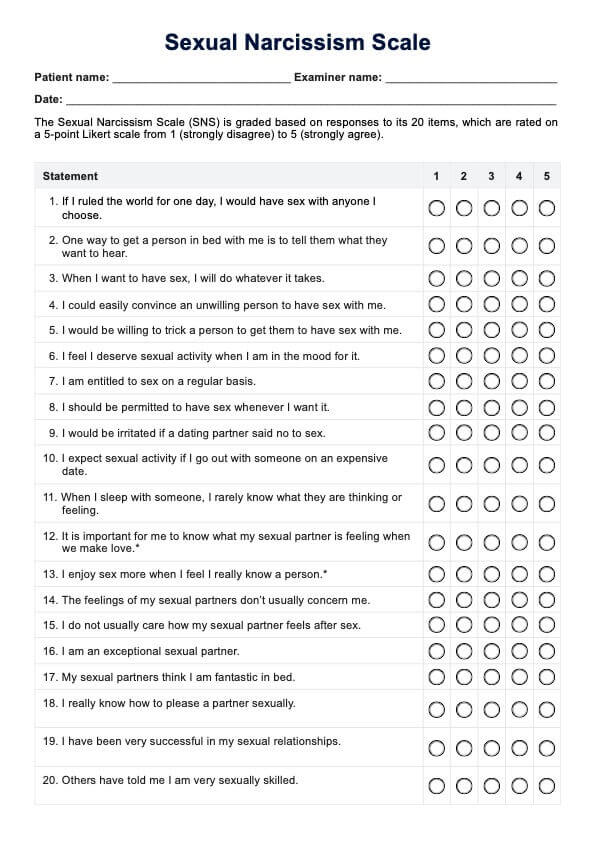Paternity
The Paternity Test is a solution for addressing questions related to biological fatherhood. Trust in the undeniable accuracy of DNA analysis.


What is a Paternity Test?
A Paternity Test is a scientific method and legal test used to determine whether a man is the biological father of a child. By comparing the genetic material of the alleged father and the child, a DNA Paternity Test analyzes their DNA to establish a biological relationship. This legal DNA test is highly accurate, typically using a sample, such as saliva or blood, from both parties. Different types of test also include a non-invasive test, a CVS test, and an amniocentesis test. The child's DNA is then compared with the alleged father's genetic markers.
DNA Paternity Tests are commonly used in cases of child support, custody disputes, and personal reasons. Legal DNA tests, which require verified documentation, are often needed in court cases, while a home DNA Paternity Test offers a more convenient, private option for individuals who prefer to collect DNA samples at home.
There are also specialized tests, such as prenatal Paternity Testing, which allows for determining paternity before the child is born by analyzing fetal DNA. DNA testing in this context is crucial in resolving questions of paternity early on. Once the DNA test results are processed, they provide definitive answers about biological parentage. Overall, genetic testing plays a vital role in providing clarity and legal resolution for families.
Paternity Template
Paternity Example
How does it work?
A DNA Paternity Test is essential for determining a biological relationship between a father and a child. Our Paternity Test template simplifies this process for healthcare professionals and individuals, ensuring accuracy and efficiency. Below are the steps on how to effectively use the template.
Step 1: Access the Paternity Test template
Healthcare professionals and individuals can easily access Carepatron's Paternity Test template within this guide. The template is designed to streamline data entry, ensuring essential details are captured for the test process.
Step 2:Complete personal information
Begin by entering personal details, including the full name, contact information, and date of birth of the person requesting the Paternity Test. This ensures that all records are linked to the right individual for verification and documentation purposes.
Step 3: Add alleged father and child information
Next, input the necessary information about the potential father and child. This includes their names, birth dates, and any relevant identifying details, ensuring all parties involved in the Paternity Test are clearly identified.
Step 4: Select the type of test
Carepatron’s template includes different test types, such as a non-invasive test, a CVS test, and an amniocentesis test. Select the appropriate option based on the patient's needs and circumstances, allowing the healthcare provider to process the correct testing method.
Step 5: Fill out consent
Ask the patient. to sign the consent form. This ensures that all involved parties have given their consent and are aware of the testing process's details and implications.
Step 6: Collect samples
Collect the required samples from the alleged father, child according to the selected test type. Use the template to record genetic markers tested.
Step 8: Record results
Once the laboratory has processed the samples, you will receive a report with the results. Carepatron’s Paternity Test template allows you to enter these results in an organized manner, making it easier to analyze and interpret them.
Step 9: Discuss results with patient
Schedule a meeting with the patient to discuss the results of the Paternity Test. This is an essential step in providing support and guidance for any potential emotional outcomes related to the test's outcome
When should you use this test?
The Paternity Test is a resource that serves various important purposes and can be applied in different scenarios. First and foremost, it is commonly used in legal cases, such as child custody disputes, child support claims, and inheritance cases, where establishing biological parentage is crucial. Healthcare professionals may also recommend Paternity Tests in cases where a child's medical history or hereditary conditions need to be understood.
For individuals, these tests can offer clarity in personal relationships, addressing questions of parentage and confirming familial bonds. In adoption cases, Paternity Tests can help adopted children and their biological parents reunite, providing emotional closure and a sense of belonging. Furthermore, they are used to resolve doubts regarding parental rights and responsibilities.
Whether it's for legal validation, personal assurance, or critical medical information, the Paternity Test is a versatile resource, providing answers and resolution to various practitioners and individuals when it's vital to determine biological relationships.
Paternity Test results and interpretation
The results of a Paternity Test are typically presented in terms of probability. For both legal DNA tests and at-home Paternity Tests, the probability of paternity is expressed as one of two values: 0% or 99.99%. If the probability is 0%, the report will state that the individual is “excluded” as the genetic parent, meaning the DNA sample from the alleged father does not match the child’s genetic material. In this case, establishing paternity is ruled out.
On the other hand, if the probability is 99.99% or higher, the report may state that the individual is “not excluded,” indicating that the alleged father is almost certainly the biological parent. This high probability is essential for cases requiring confirmation of parentage, such as child support disputes or legal tests involved in court.
The accuracy of DNA Paternity Testing is critical, as the interpretation of results has significant legal and personal implications. Whether for legal or personal reasons, DNA testing provides definitive answers through the analysis of genetic material.
Commonly asked questions
The tests are requested by people who want to confirm a child's biological father for legal purposes, family curiosity, or personal reasons.
The test involves collecting DNA from the child and the alleged father using cheek swabs or blood samples, which are sent to a lab for analysis.
The test involves collecting DNA from the child and the alleged father using cheek swabs or blood samples, which are sent to a lab for analysis.
The test results usually take about 2 to 3 business days, but it can vary depending on the test's complexity, with some quicker or slower options available.


